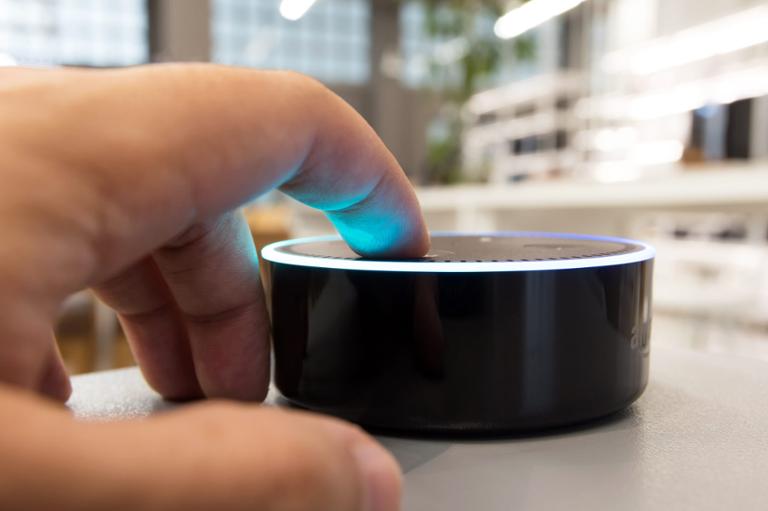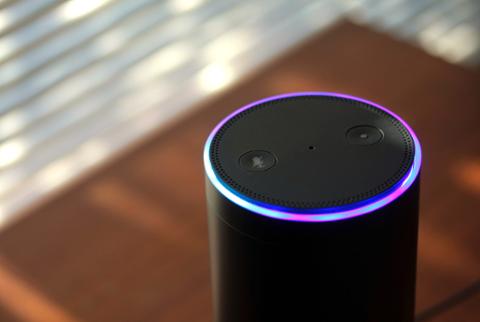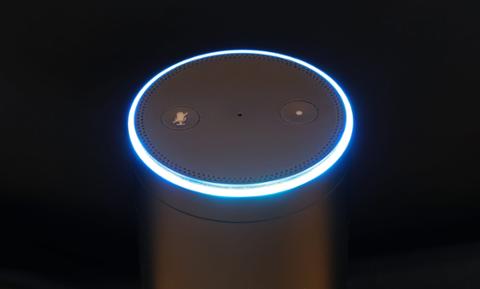Amazon's In-Skill Purchasing for Alexa Opens Monetization for Devs
If tech companies want to grow extensive developer ecosystems around their respective digital-assistant platforms, they’ll need to convince those developers that there’s lots of money to be made. Amazon’s latest gambit on that front is in-skill purchasing (ISP) for Alexa skills. “Now, you can make money by selling premium digital content to enrich your Alexa skill experience,” reads Amazon’s official blog posting on the matter. “Examples include game products, interactive stories, new features or content, and more.” Sony, the History Channel, and a few other brands have already experimented with selling “exclusive” content and games. In-skill purchasing will encompass both one-time purchases and subscriptions. Customers will pay for these services via their voice. “You define your premium offering and price, and we handle the voice-first purchasing flow,” the blog added. “We also provide self-service tools to manage your in-skill products and optimize their sales performance over time.” Integration of ISP will require a bit of coding, specifically the ASK Command-Line Interface (CLI). Developers will need to customize purchase flow and handle the user’s intent; fortunately, Amazon provides a line-by-line breakdown of how to code that. Although Amazon is trying to open up Alexa skills-building to more people, via the “Skills Blueprints” program that allows pretty much anyone to set up a skill with virtually no coding, in-skill purchasing is clearly an area where a certain degree of programming expertise is required. If in-skill purchasing takes off, it could fundamentally change the digital-assistant game. Up until now, Amazon paid out cash for certain skills based on user engagement; a developer who built a popular trivia game for Alexa, for example, might profit accordingly. But purchasing within skills brings the Alexa platform much more in line with a traditional app store, where users can pay for all kinds of goods and services usable on a tablet or smartphone. It also seems likely that Google and Apple will mimic Amazon’s behavior. Google Home and Apple’s HomePod aren’t quite as ubiquitous in homes as Amazon’s Echo devices, and will need to maintain feature parity with Amazon in order to maintain (and perhaps grow) market-share. However, neither Google nor Apple offer the same incredible range of products as Amazon, potentially limiting in-skill options for developers. In any case, given the adoption rate for in-home digital assistants, this is an angle worth exploring for developers looking for new pathways to monetize their craft.



